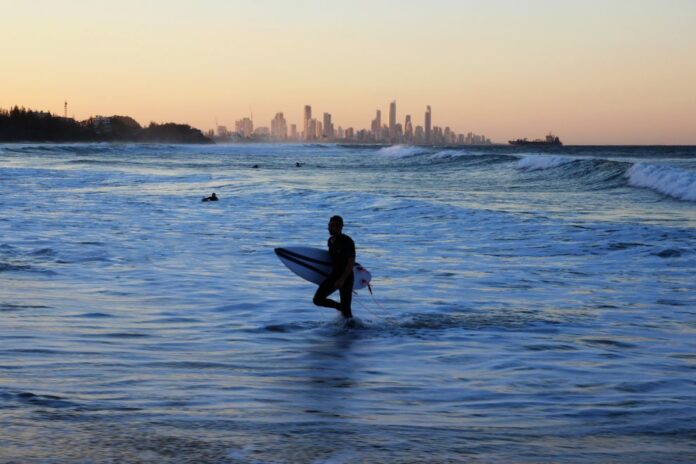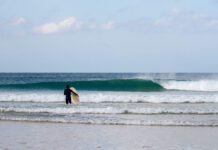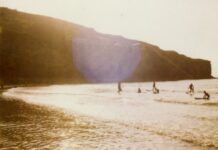Along these lines, what role would you say the inclusion of the Gold Coast as a World Surfing Reserve can play on the future of the local surfing culture?
As I said for the City Council Surf Management Plan, the World Surfing Reserve list is also an instrument that can be used by the local surfing communities. It is hard to foresee whether or not it will be productively and virtuously used in the future (as history, anthropology analyzes how things are or have been, and cannot predict what it will happen). For sure, it gives local surfing communities an international network for exchanging ideas and strategies of intervention, and offers them institutional recognition for expressing their concerns on coastal management, surfing and tourism development, urbanization and so on. However setting universal criteria for “proactively identifying, designating and preserving outstanding waves, surf zones and surrounding environments around the world” – that is the goal of the Save the Waves’ project – can be dangerous if we do not carefully consider the specific characters of each local area to be preserved, and the particular, complex (sometimes conflicting) social and cultural aspects that characterize it.
You also point out that one of the challenges/contradictions when determining a ‘cultural heritage’ has to do with the need to identify “who can define, possess, and act on behalf of this heritage,” and that both on the Gold Coast and across Australia this mainly refers to “white, masculine, young, and fit men.”
This is a delicate topic. I’ll try to be concise. As I said, cultural heritage is something that is charged to represent the history and culture of a given community. As such, it can represent the community itself, its cultural “identity”. But of course, cultural heritage is the result of a selection, based on specific (and arbitrary) criteria, that establish what is considered as more representative for the history of a certain community: not every object or practice can be considered as part of the cultural heritage. The selection is actually doubled, because we do not only select and identify the most “representative” objects to that community (the heritage), but also who can be considered as part of this community (the heirs of this heritage). As a consequence, the people (or institutions) that establish the criteria of selection have the twin powers to define the characters that identify the community, and consequently who can or cannot be considered as part of the community.
As you know, even if today more and more people of varying ethnic backgrounds and identities do surf (and even if the World Surf League has been one of the first international federations of professional athletes to offer equal prize money to both men and women in 2019), surfing still remains a mainly male (and white) activity, especially considering the representations offered by the media and surfing industry. Surfing “heroes” are prevalently male, and the prototype of the good surfer is a man: when I was in Australia, many people used to describe Stephanie Gilmore as a great surfer because “she surfs like a man!”. This happens to many other sports and physical practices, not only in Australia. However, in Australia surfing has also become an epitome of the national character and identity, and surfers have gradually substituted, in the national “symbolic”, the characters of the “bushmen” and then the surf lifesavers. As Colleen McGloin has explained:
“Mainstream surfing in Australia is a discursive cultural practice, institutionally sanctioned as integral to national identity. Surfing represents the nation through a mode of white heterosexual orientation that is encoded into its practices and its texts. Surfing represents an historical transformation in the national psyche from the bush, inaugurated by the nation’s literary canon, to the beach, which has become the modern site of the nation’s identity” (McGloin 2006, p. 93).
The author would like to thank Dr Nardini for sharing his observations with us. Any matter revolving culture and identity is often deeply multifaceted, highly controversial, prone to generalisation, and ultimately un-graspable.
Dr Nardini’s research shines a light on some of the dualities within Aussie surf culture – some of which are proverbial but others more intricate – and how that reflects to other surf places across the world. His comments should be taken for what they are, however: observations, as opposed to opinions. In sharing these observations the reader is encouraged to reflect upon surf culture in general and the corner of it that they perhaps associate with.





